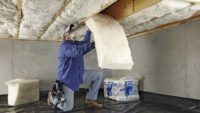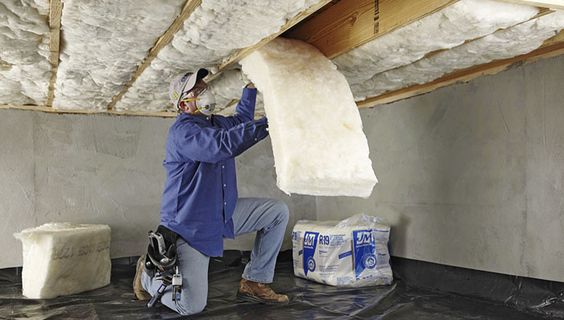Crawl spaces are often overlooked when cleaning and maintaining our homes. We focus on keeping the visible areas of our homes clean, but the crawl space is just as important. Failing to keep the crawl space clean can lead to serious problems, such as mold and water damage. Taking care of your crawl space will Read more
Reflective insulation

Crawl spaces are often overlooked when cleaning and maintaining our homes. We focus on keeping the visible areas of our homes clean, but the crawl space is just as important. Failing to keep the crawl space clean can lead to serious problems, such as mold and water damage. Taking care of your crawl space will not only protect your belongings and home, but it can also save you money in the long run.

Preventing Crawl Space Damage
Crawl spaces are often ignored when it comes to home maintenance, but keeping this area of your home in good condition is important for preventing damage from pests. Termites and other pests can enter your home through the crawl space, and they can do a lot of damage once they’re in. Insulating your crawl space is one way to help prevent these pests from getting in and causing damage.
So make sure you have a crawl space dehumidifier installed in yours. They will keep your home smelling fresh by removing moisture and other odors, and they’ll help to prevent mold and mildew. If you see any signs of mold or water damage, don’t wait to fix them. Just call the crawl space insulation company, and they will get that out to your home quickly.
Crawl Space Insulation Types: How To Choose?
There are a variety of different crawl space insulation types available. Understanding the different types available and how they work will help you to make an informed decision when it comes time to purchase. There are three main crawl space insulation types:
Open-cell insulation is often used in the walls, floors, and ceilings of homes. This type of insulation is typically less expensive than other types of insulation. Open-cell crawl space insulation works by trapping air within tiny pockets between its fibers. The air trapped in these pockets acts as a buffer, slowing the transfer of heat from the warm side to the cool side. The insulation’s open-cell design is ideal for use in crawl spaces because it allows the moisture that collects on the cool side of the insulation to evaporate into the atmosphere.
Closed-cell insulation is often placed under the subfloor of a home. This type of insulation is typically more expensive than other types because it is made from more material. Closed-cell crawl space insulation works by trapping air within tiny pockets between two pieces of plastic. The type of insulation used in a crawl space depends on the climate.
In warmer climates, fiberglass insulation is typically used because it is inexpensive and easy to install. In colder climates, closed-cell insulation is often preferred because it does not trap moisture as readily as open-cell insulation.
Reflective insulation is an effective way to prevent crawl space damage from termites and other pests. It is a material that reflects heat back into the crawl space, keeping the area cooler and preventing damage to the structure. Reflective insulation is available in a variety of sizes and thicknesses and can be installed by a professional or do-it-yourselfer.
Conclusion
Preventing crawl space damage is essential to protecting your home from these costly repairs. Some simple steps you can take to prevent damage include: sealing any cracks or openings in your foundation, keeping the area well-ventilated, and using termite-resistant materials when building or repairing your home.
By taking these preventive measures, you can keep your crawl space free of damage and help ensure your home’s long-term stability.
